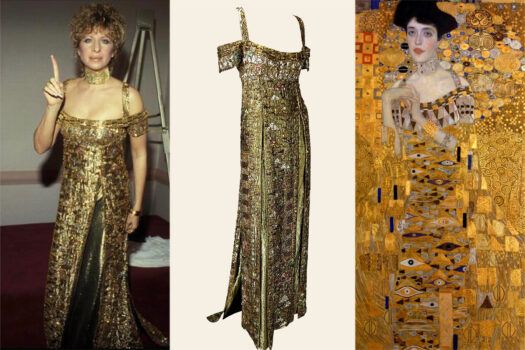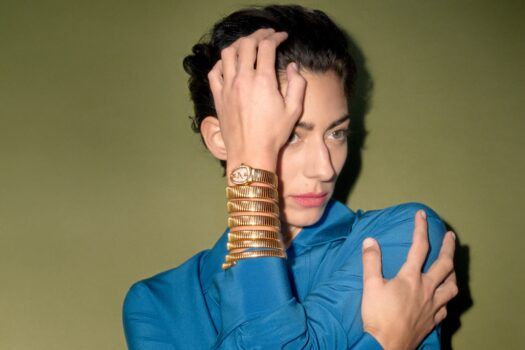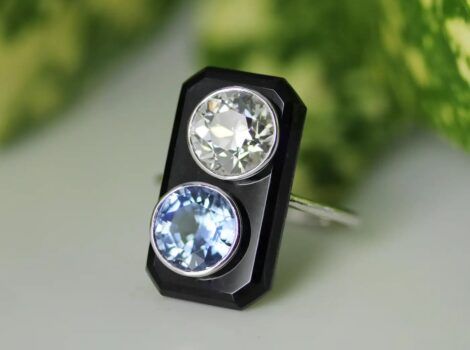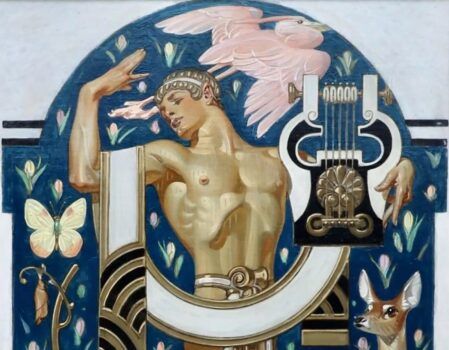Ever since moving to New York City, in 1957, Red Grooms has been turning chaos into art. His 2006 three-dimensional lithograph Ruckus Tugboat, created with fine-art printer Shark’s Ink, is a prime example.
Equal parts sculpture and print, satire and celebration, the piece features the Lysiane, a tugboat chugging through New York Harbor packed with Grooms’s trademark cast of misfits and tiny dramas.
From a man overboard flailing in the water to a mob victim sinking below the surface to a shark lunging for a frightened fish, the scene captures the city’s rowdy energy with comical grit and extraordinary detail.

“Red Grooms came to our studio in 2006 with a maquette that he had made with paper, glue and watercolor,” recalls Roseanne Colachis, director of Shark’s Ink. “This piece was then taken apart and laid out flat so that we could trace the individual parts and make a key lithographic plate.”
Printmakers Bud Shark (he of the eponymous studio) and Evan Colbert pressed the lithograph from 12 aluminum plates. “Each color was hand-drawn by the artist for the edition and after printing,” says Colachis, who then cut, scored and folded the paper and placed the completed piece in a Plexiglas box. “I’ve put together almost all of the 3D prints and have loved every minute of assembling them,” she adds.

Grooms has worked with Shark’s Ink since 1981, collaborating on more than 50 prints, many of them sculptural, including Ruckus Taxi the following year. “He is one of my favorite artists,” Colachis says. Ruckus Tugboat, produced in an edition of 45, reflects Grooms’s inimitable wit and devotion to portraying the nuttiness of city life.
The term ruckus has become shorthand for Grooms’s unruly aesthetic and a recurrent theme for him over the past 50 years. It began with Ruckus Rodeo in 1975 and took full form with Ruckus Manhattan, his 1976 installation at Marlborough Gallery.
That 6,400-square-foot carnivalesque diorama, conceived and built with Mimi Gross and the art crew known as the Ruckus Construction Co., was a comic book almost come to life.

With its flaming downtown skyscrapers, Times Square sex shops and wacky cast of New Yorkers (including the Statue of Liberty in heels), the piece distilled 1970s Manhattan into an immersive caricature — sculpted, painted and smirking back at you.
Right now, the Brooklyn Museum is revisiting Ruckus Manhattan in a Ruckus-centric show marking New York’s 400th anniversary (up through November 2). Among the highlights is Dame of the Narrows, a wild scene centering on a Staten Island Ferry that had a major role in the original installation and is in the museum’s collection. Like Ruckus Tugboat, it’s a maritime tribute to the city’s surreal ’70s-era grit, rendered with a wink and a poke.
“ ‘Ruckus’ comes from a slight disorder of things,” Colachis says, understatedly. And no one has embraced that disorder quite like Red Grooms.






